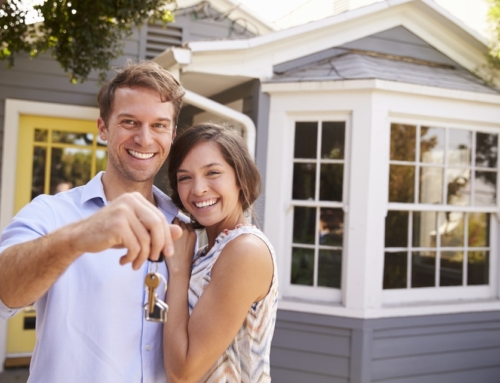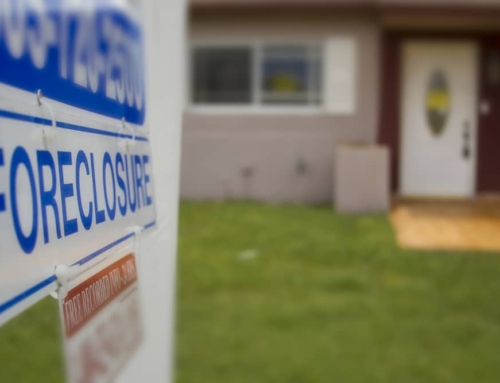David and Barbara recently moved into their new home.
Unlike most new construction buyers, who purchase a home within a brand new subdivision, David and Barbara built the home on land they already owned. But figuring out what amenities they wanted to include meant spending hundreds of hours visiting model homes at construction sites.
They visited 50 different developments and looked at their showrooms, models, and the ways in which the homes were being constructed, David said.
Which might have frustrated the sales people at each site, but makes perfect sense. Before you build your dream house, you’ve got to know what kinds of to-die-for amenities are being included in homes sold in your price range.
Moderately-priced homes now often include some stone finishes, including granite in the kitchen and marble in the master bathroom, a three-car garage, basic wiring for cable and high-speed Internet access, and a fireplace in the master bedroom.
Upscale residences might include parking for four or five cars with a private carwash built into one of the parking bays of the heated garage, granite and marble in every bathroom, a spa-class steam shower in the master bath, and a wine cellar in the basement (also called the lower level because of the now-common 9-foot or 10-foot ceiling height.
Model homes are also the place to see the latest building trends, according to the National Association of Home Builders. Developers will often include complicated or fancy decorating ideas in their model homes to entice new construction buyers to upgrade carpet, tile, granite, paint and other materials.
Which is not to suggest that you use every new trendy thing you see in your new home. If you do that, you might find yourself painting the walls a different color every year.
Instead, think of a developer’s model as a palate of ideas; a way to view more options than are available in the options and upgrades showroom.
Keep a small notebook handy to jot down the different ideas you’ve seen. Or, take the listing sheet and builder’s notes with you and write down various items that appeal to you and why. If you fall in love with a particular granite the builder has chosen, ask for its name, or a sample you can take home with you.
If you’re building a second home, you should plan to spend plenty of vacation time driving around different areas you like to see first-hand what kinds of homes are being built there.
Mike Reininger, vice president of creative services for St. Joe Company, an experienced resort community developer based in Florida, suggests vacation home buyers think about "how the home will be used today and 20 years from now."
His top design recommendations for second homes include more parking (typically 3 to 4 cars at parked at a vacation home at any one time); each bedroom should have its own attached bathroom for privacy; creating enough seasonal storage for recreational equipment and outdoor furnishings; and, secure owner storage (many owners rent out their second homes to help offset the carrying costs).
Once you’ve seen twenty or thirty models, you should begin to have an idea of what you want and where you’ll have to compromise. Even if you had unlimited funds with which to build the house of your dreams, and you’re building on your own lot, there may be other restrictions with which you’ll contend.
For example, the lot may be pie-shaped instead of rectangular, forcing you to change the layout you were originally considering. Or, you may be limited in the amount of space you can build. Finally, the municipality in which you live may restrict the exterior design of homes in your community.
Still, but viewing a few dozen model homes, you’ll begin to understand how architects and developers design and build around square footage limitations and lot layout issues. And, you can translate that knowledge into successful solutions for your own design problems.






Leave A Comment